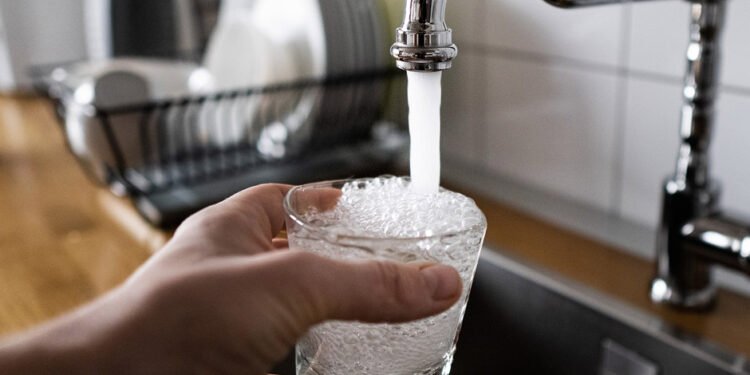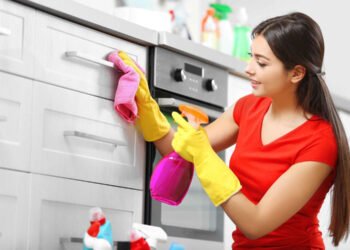Water is one of the most fundamental elements of life. We use it every day for drinking, cooking, cleaning, and bathing. But how often do we stop to think about its safety? Water safety is a crucial issue that can have significant implications for your health and well-being. In this article, we’ll explore what you need to know about water safety, the potential risks, and how you can protect yourself and your family.
Understanding Water Safety
Water safety refers to the measures taken to ensure that water is free from contaminants and safe for consumption. Contaminants can include a variety of substances such as chemicals, heavy metals, bacteria, viruses, and parasites. These impurities can find their way into your water supply through various means, including agricultural runoff, industrial discharge, aging infrastructure, and natural sources.
Living in an urban area doesn’t necessarily guarantee safe water. Even in cities with advanced water treatment facilities, contaminants can still pose risks. For instance, in Melbourne, residents often seek out the best water filters Melbourne has to offer to ensure their tap water is as clean as possible. Installing a water filter can be a proactive step to improve water safety in your home.
Common Water Contaminants and Their Effects
Several types of contaminants can affect water safety, each with its own set of potential health risks. Understanding these contaminants can help you take appropriate actions to safeguard your health.
- Microbial Contaminants: Bacteria, viruses, and parasites are common microbial contaminants. They can cause illnesses ranging from mild stomach discomfort to severe gastrointestinal diseases. For example, E. coli and Giardia are well-known pathogens that can be present in contaminated water.
- Chemical Contaminants: Chemicals such as pesticides, herbicides, and industrial pollutants can enter the water supply through runoff and improper disposal. Long-term exposure to these chemicals can lead to serious health problems, including cancer, hormonal imbalances, and reproductive issues.
- Heavy Metals: Lead, mercury, arsenic, and cadmium are examples of heavy metals that can contaminate water. These metals can be particularly harmful to children, causing developmental delays, learning disabilities, and other severe health issues.
- Disinfection Byproducts: Chlorine and chloramine are commonly used to disinfect water, but they can react with organic matter to form harmful byproducts. These byproducts, such as trihalomethanes (THMs), have been linked to various health concerns, including cancer and reproductive problems.
- Nitrates and Nitrites: Often found in agricultural runoff, nitrates and nitrites can interfere with the blood’s ability to carry oxygen. This is especially dangerous for infants, leading to a condition known as “blue baby syndrome.”
Assessing Your Water Safety
To determine if your water is safe, it’s essential to regularly test it for contaminants. Home testing kits are available for basic assessments, but for a comprehensive analysis, consider hiring a professional service. These tests can reveal the presence of harmful substances and help you decide on the best course of action.
Improving Water Safety in Your Home
Taking steps to improve water safety in your home can significantly reduce the risk of exposure to harmful contaminants. Here are some practical measures you can take:
- Install Water Filters: Water filters are one of the most effective ways to ensure the safety of your drinking water. Different types of filters target different contaminants, so it’s important to choose one that addresses your specific needs. For residents of Melbourne, researching water filters Melbourne residents trust can guide you to the right choice.
- Regular Plumbing Maintenance: Aging pipes can leach metals like lead into your water supply. Regularly inspect and maintain your plumbing system to prevent such issues. Replacing old pipes with modern, corrosion-resistant materials can make a significant difference.
- Boil Water When Necessary: Boiling water is a simple yet effective method to kill bacteria, viruses, and parasites. In situations where you suspect microbial contamination, boiling your water before use can provide an added layer of safety.
- Use Cold Water for Consumption: Hot water can dissolve contaminants more easily than cold water. When using tap water for drinking or cooking, always start with cold water and heat it as needed.
- Store Water Safely: Store filtered or purified water in clean, covered containers in the refrigerator to prevent contamination. Avoid using containers that previously held non-food substances.
Understanding Your Local Water Quality
Being informed about the water quality in your area is crucial for ensuring water safety. Local water suppliers are required to provide annual water quality reports, which detail the types and levels of contaminants present in the water supply. Reviewing these reports can give you a better understanding of the specific risks in your area and help you take appropriate measures.
The Role of Government and Regulations
Government agencies play a vital role in regulating and ensuring the safety of public water supplies. In many countries, water quality standards are established and enforced by regulatory bodies such as the Environmental Protection Agency (EPA) in the United States. These standards set permissible limits for various contaminants and mandate regular testing and reporting by water suppliers.
However, despite these regulations, incidents of water contamination still occur. High-profile cases, such as the lead contamination crisis in Flint, Michigan, highlight the importance of vigilance and proactive measures to ensure water safety. As a consumer, staying informed and taking personal responsibility for your water quality is essential.
The Future of Water Safety
Advances in technology and increased awareness are driving improvements in water safety. Innovations in water treatment, filtration, and monitoring are making it easier to detect and remove contaminants. Additionally, public education campaigns and community initiatives are raising awareness about the importance of water safety and encouraging proactive measures.
Water safety is a critical issue that affects everyone. Understanding the potential risks associated with contaminants, regularly testing your water, and taking steps to improve its quality can significantly reduce your exposure to harmful substances. By staying informed and proactive, you can ensure that the water you and your family use daily is safe and healthy. Whether you live in a bustling city like Melbourne or a quiet rural area, prioritizing water safety is essential for your well-being. Remember, clean water is not just a luxury; it’s a fundamental necessity.












